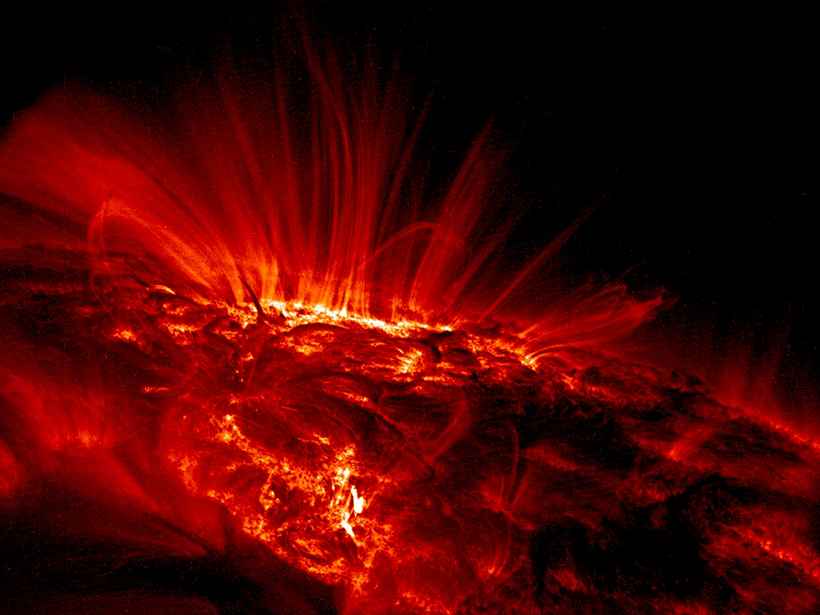Several international initiatives are working to stitch together data describing solar forcing of Earth’s climate. Their objective is to improve understanding of climate response to solar variability.
B. Funke
Posted inFeatures
How Sudden Stratospheric Warming Affects the Whole Atmosphere
High above Earth’s surface, air temperatures occasionally increase suddenly, producing widespread effects on weather, air chemistry, and telecommunications.


